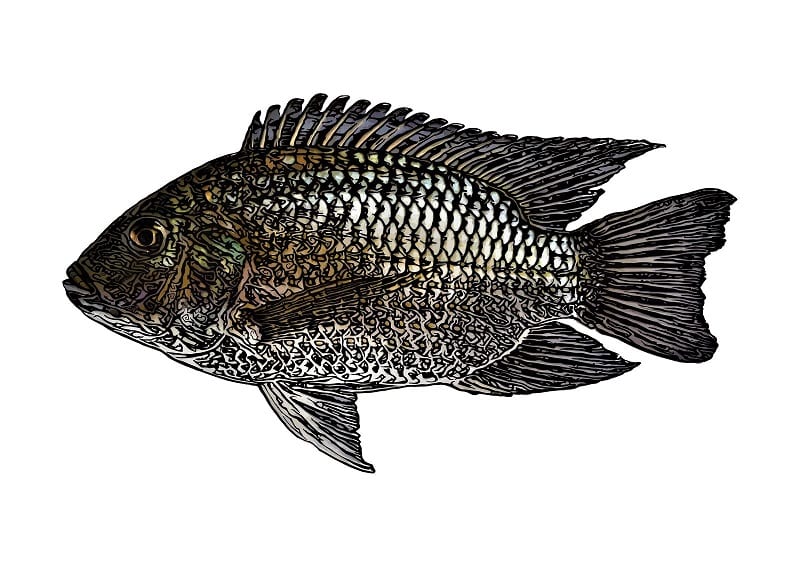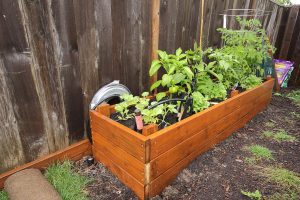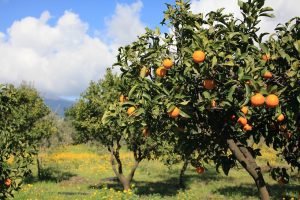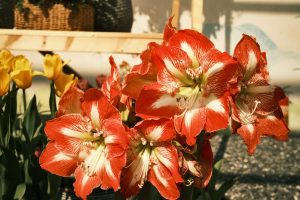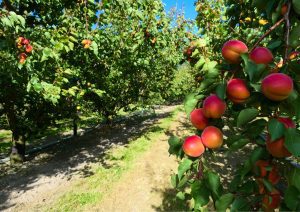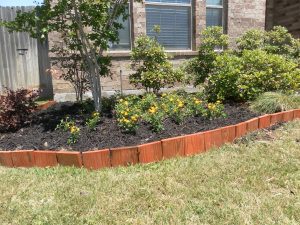Last Updated on March 28, 2024 by teamobn
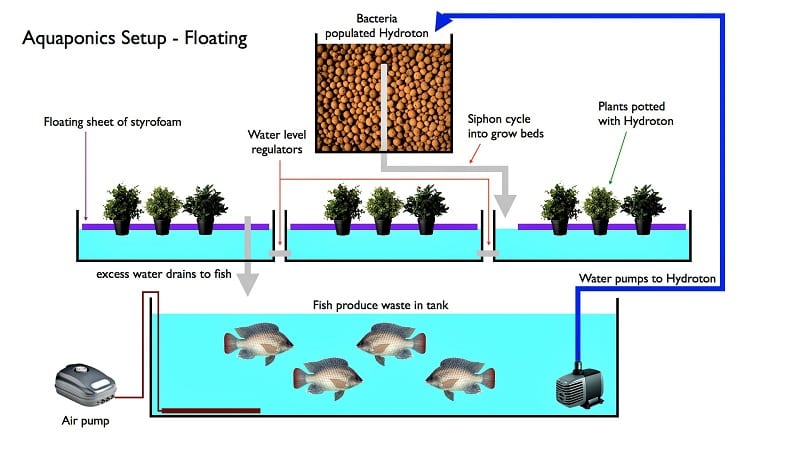
Stepping into the realm of aquaponic gardens is like unlocking a new level in gardening and sustainability. It’s where the ancient practice of growing plants meets modern eco-consciousness. Here, fish and plants coexist in a system that benefits both. This method conserves water and avoids chemicals, shining as a model of green living.
Building an aquaponic garden introduces you to a self-sustaining cycle. Fish waste nourishes the plants. Then, these plants clean the water for the fish. It’s a partnership that showcases nature’s efficiency. This system lets you grow food in your backyard or even indoors. It’s a hands-on way to witness the vibrant dance of life, offering fresh produce straight from your own space.
Starting an Aquaponic Garden
Contents
Starting an aquaponic garden involves some work. But once you have the system started, an aquaponic garden requires little in the way of maintenance.
Here’s how to set up a media-based aquaponics system that will allow you to grow your own food.
1. Build your fish tank.
Just like keeping an aquarium, you’ll need to follow all the safe practices of fishkeeping. Your fish will require a certain amount of space. The species of fish you decide to raise will determine the size of the tank you’ll need.
You might be able to repurpose a small aquarium or a standard 20-gallon fish tank for smaller fish. However, most people choose to use large barrels or food-grade containers with opaque sides. You’ll find many good options for both types of containers online.
Be sure to get a pump to draw water from the tank to the grow bed and back again. For our tests, we rigged a PonicsPump Submersible Pump for two 25-gallon tanks. We were quite pleased with its performance.
For bigger tanks, experts recommend using an air pump to push oxygen into the water, as well.
You’ll need to set up the tank as you would a standard fish tank. That means you have to dechlorinate the water before you add the fish. To do this, simply allow the water to cycle for about 4 to 6 weeks.
This gives the bacteria time to build up. The bacteria will then break down the ammonia and nitrites present in the water. This process, in turn, will produce the nitrates that will feed your plants.

2. Build your media bed.
You’ll need a container for your plants, too. This will be your system’s media bed. You can use a large heavy-duty plastic tray or a wooden pallet crate. You may need to raise the bed on top of a stand that can carry its weight.
Once you’ve rigged your media bed into place, you’ll need to fill it with your chosen media. We use Organic Gardening Clay Pebbles for our aquaponic system. Clay pebbles -or hydrotons – are pH neutral. They don’t affect the water. They also hold moisture well.
The website, Earth Easy, suggests a size ratio of 1:1 between the fish tank and grow bed. That means equal volumes for each.
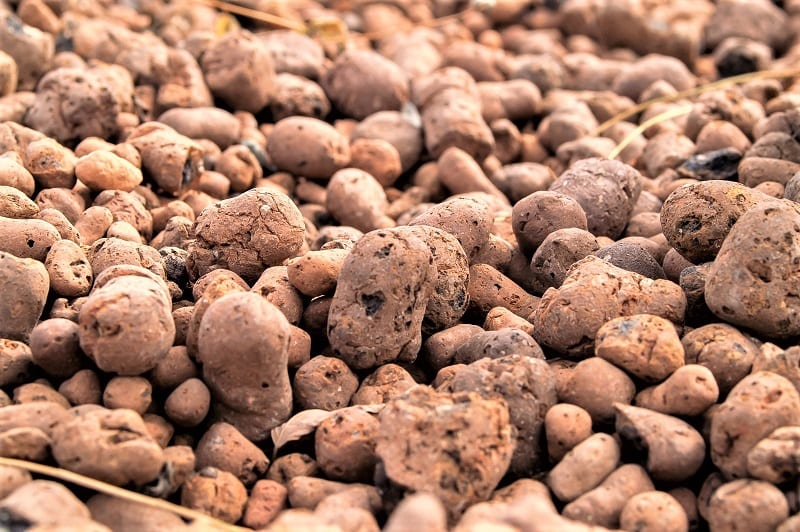
3. Add the fish.
Once your tank has cycled properly, you can add the fish. Experts say certain species of fish have proved particularly adaptable to aquaponics. The most common choices include the following:
- Tilapia are easy to grow, simple to care for, and hardly ever fall to disease.
- Goldfish produce a lot of waste, which makes them ideal for aquaponic systems.
- Koi and ornamental fish like guppies, tetras, and mollies are valued by fish enthusiasts.
- Some farmers raise catfish, carp, silver perch, and barramundi in their aquaponic systems, as well.
4. Add the plants.
Experts recommend leafy plants for aquaponics setups. These plants tend to grow well in soil-less systems. But, with enough fish, you may be able to grow fruiting plants such as peppers and tomatoes, too.
Below are the plants we recommend for your system.
- Basil
- Kale
- Lettuce
- Mint
- Watercress
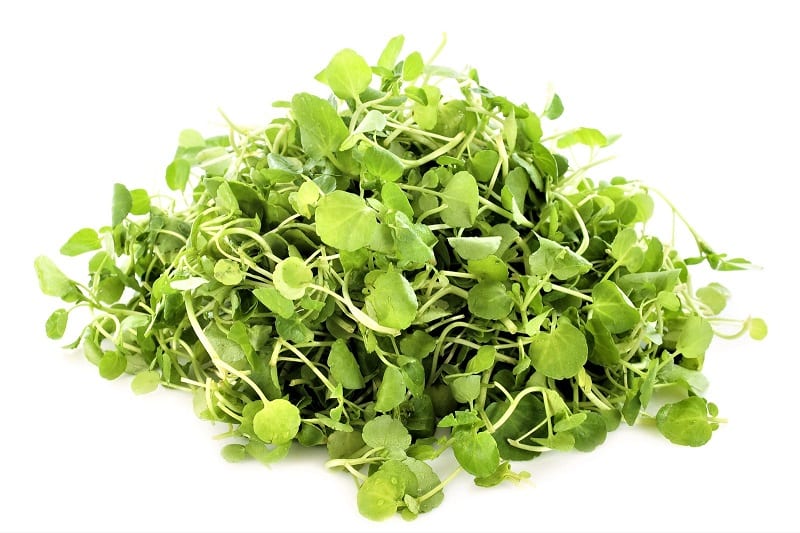
Those with heavily stocked and well-established aquaponic systems might be able to grow bigger plants. These may include the following:
- Beans
- Cabbage
- Cauliflower
- Cucumbers
- Squash
- Tomatoes
- Peas
- Peppers
- Strawberries
Experts recommend that you plant seedlings. This will allow your garden a head start. Just gently plunge the roots into the pebbles. Make sure they reach deep enough into the medium to draw nutrients from the water that will pass through.
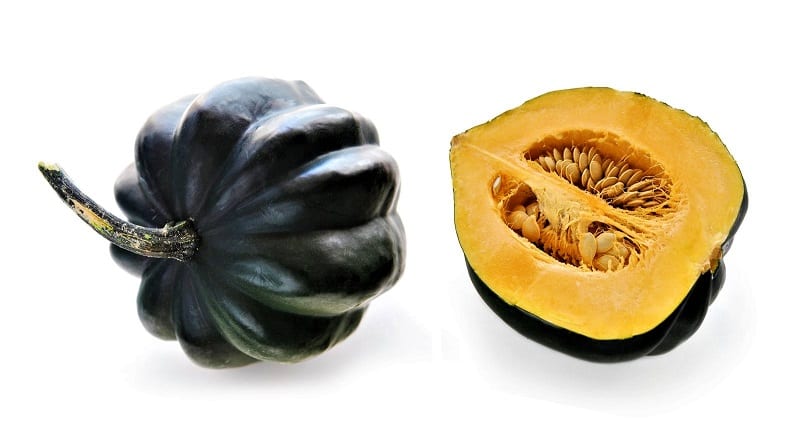
5. Maintain your aquaponic ecosystem.
Maintaining an aquaponic system is easy and simple. You’ll need to feed your fish a quality diet. You can use simple flake food and give them the occasional treat.
We feed the goldfish in our aquaponic garden system Tetra Goldfish Flakes. The fish seem to love the stuff. Only feed your fish as much as they can eat in around five minutes, two to three times a day.
Be mindful that you don’t introduce any diseases to the tank. This is why we advise against adding any live food for the fish.
You’ll need to test the water in the tank every week or two. Check the pH, ammonia, nitrites, and nitrate levels. For this, you’ll need a water test kit.
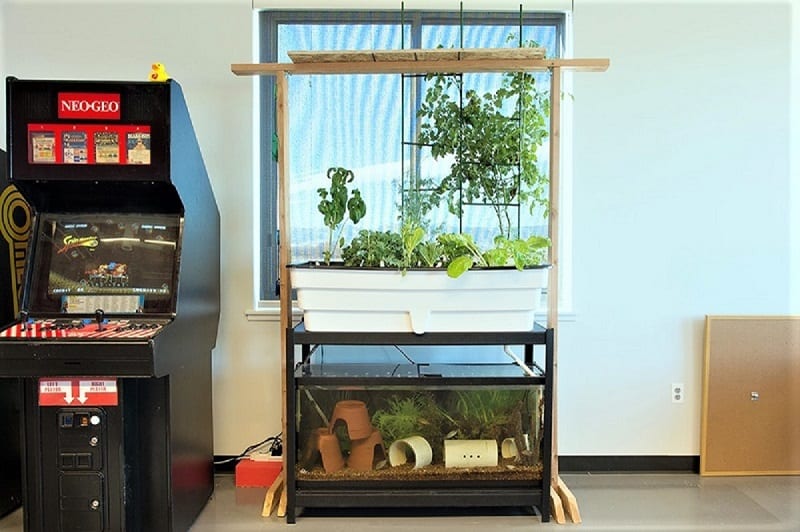
We favor the API Freshwater Master Test Kit for your aquaponic garden. The kit monitors the five most vital water parameter levels in freshwater aquariums. These are the pH, high range pH, ammonia, nitrite, and nitrate levels.
For fish to thrive, water must be similar to that which could be found in their natural environment. This means the ammonia and nitrite levels in your tank’s water should be so insignificant as to be undetectable. If your system is set up correctly, nitrate levels should be low, too.
The water’s pH should be neutral, between 6.8 – 7.0. These levels are ideal for fish, plants, and bacteria. The pH of the water in aquaponics systems usually drops below 7.0 once the initial cycle has finished. To raise the pH, you can alternate between adding calcium hydroxide and potassium carbonate to the tank.
Of course, you need to tend to the plants in your system as you would any raised garden bed. Weeds should not be too much of a problem in a good aquaponics system, though.
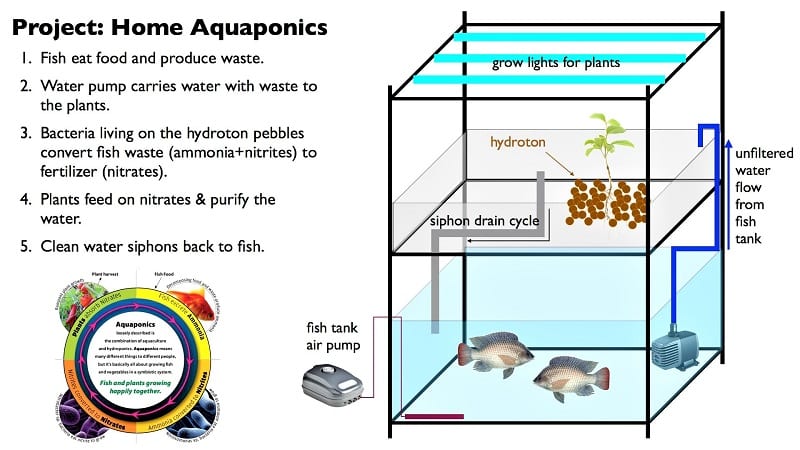
In a functioning aquaponics garden, the plants get the nutrients they need and the fish get fresh, recycled water. In return, the practical gardener gets organic vegetables for salads and fish for the grill.
Hydroponics + Aquacultrure = Aquaponics
Creating an aquaponic garden is a fantastic way to merge the joys of gardening with the thrill of keeping fish. This clever setup forms a partnership between you, your plants, and your fish, creating a mini ecosystem right in your own space. Let’s dive into the essentials of bringing an aquaponic garden to life.
What’s Aquaponics All About?
An aquaponic garden is where the magic of aquaculture meets the science of hydroponics. Fish do their thing, producing waste. This waste isn’t waste at all; it’s gold for your plants, acting as a top-notch, organic feed. Plants take this up, purify the water, and send it back clean to the fish. It’s nature’s own recycling system, compacted into your garden.
The Key Pieces of the Puzzle
An aquaponic garden isn’t just any garden; it’s a blend of critical components working in harmony. You’ve got your fish tank, home to your aquatic buddies. Then, there’s the grow bed, where your plants will root and thrive. Linking these two areas is a network of pipes, ensuring water flows freely between fish and flora.
Fish: The Heartbeat of Your Garden
Picking the right fish is a big deal for your aquaponic garden. Whether it’s the sturdy tilapia, the ever-popular goldfish, or another species, your choice shapes your garden’s ecosystem. Consider what works for your setup, your climate, and what you hope to achieve. Each fish brings its own requirements and benefits to the table.
Plant Choices Matter
When talking about aquaponic gardens, not all plants are created equal. Leafy greens like spinach, basil, and watercress adore the aquaponic setup. They soak up the nutrient-rich water with ease. If you’re feeling adventurous, why not try your hand at fruit-bearing plants? Tomatoes, strawberries, and even peppers can flourish with the right care.
Keeping the Balance
Running an aquaponic garden is about keeping a delicate balance. Regular checks on water quality, feeding your fish the right diet, and ensuring your plants are healthy are part of the routine. It’s about creating a sustainable cycle that benefits all members of the ecosystem.
Why Go Aquaponic?
Choosing an aquaponic garden is a step towards greener living. It slashes water usage, ditches the need for chemical fertilizers, and gives you a year-round supply of fresh produce and fish. Plus, it’s adaptable to both indoor and outdoor spaces. It’s a win-win.
Kicking off an aquaponic garden is an adventure that brings you closer to nature’s cycles. It’s a hands-on way to produce your own food, learn about sustainable practices, and enjoy the fruits (and vegetables) of your labor. With some dedication and care, you’ll watch your aquaponic garden blossom into a thriving ecosystem.
Conclusion
Building an aquaponic garden is a rewarding endeavor that merges the joys of fishkeeping with the satisfaction of growing your own food. It stands as a testament to sustainable living, utilizing a symbiotic relationship between plants and fish to create a productive ecosystem. Embracing this innovative gardening method not only conserves water but also provides a continuous supply of fresh, organic produce right at your doorstep.
Feature Photo Courtesy of Flickr/Mediamatic

